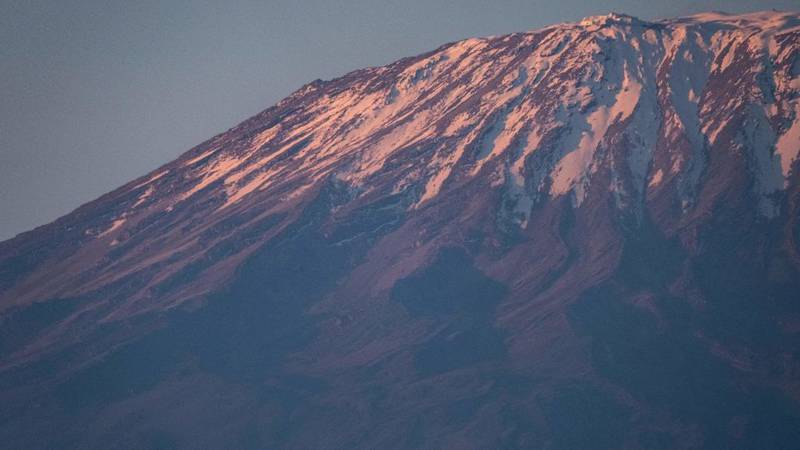Glaciers at many UNESCO World Heritage sites including Yellowstone, Mt. Kenya, Kilimanjaro National Park, Los Alerces National Park (Argentina) amongst other glaciers will likely vanish by 2050, the UN agency warned, today the 3rd of November. Glaciers play a vital role in the survival of all on earth’s ecosystem. As half of humanity depends directly or indirectly on glaciers as their water source for domestic use, agriculture, and power. Glaciers are also pillars of biodiversity, feeding many ecosystems
“When glaciers melt rapidly, millions of people face water scarcity and the increased risk of natural disasters such as flooding, and millions more may be displaced by the resulting rise in sea levels. This study highlights the urgent need to cut greenhouse gas emissions and invest in Nature-based Solutions, which can help mitigate climate change and allow people to better adapt to its impacts,” Dr Bruno Oberle, IUCN Director General.
The report by the United Nations Educational, Scientific and Cultural Organization (UNESCO) states that, glaciers have been retreating at an accelerated rate since 2000 due to CO2 emissions. The emissions are warming temperatures. Making glaciers to lose 58 billion tons of ice every year.
“This report is a call to action. Only a rapid reduction in our CO2 emissions levels can save glaciers and the exceptional biodiversity that depends on them. COP27 will have a crucial role to help find solutions to this issue. UNESCO is determined to support states in pursuing this goal,” Audrey Azoulay, UNESCO Director-General.
UNESCO is advocating for the creation of an international fund for glacier monitoring and preservation. Such a fund would support comprehensive research, promote exchange networks between all stakeholders and implement early warning and disaster risk reduction measures.







